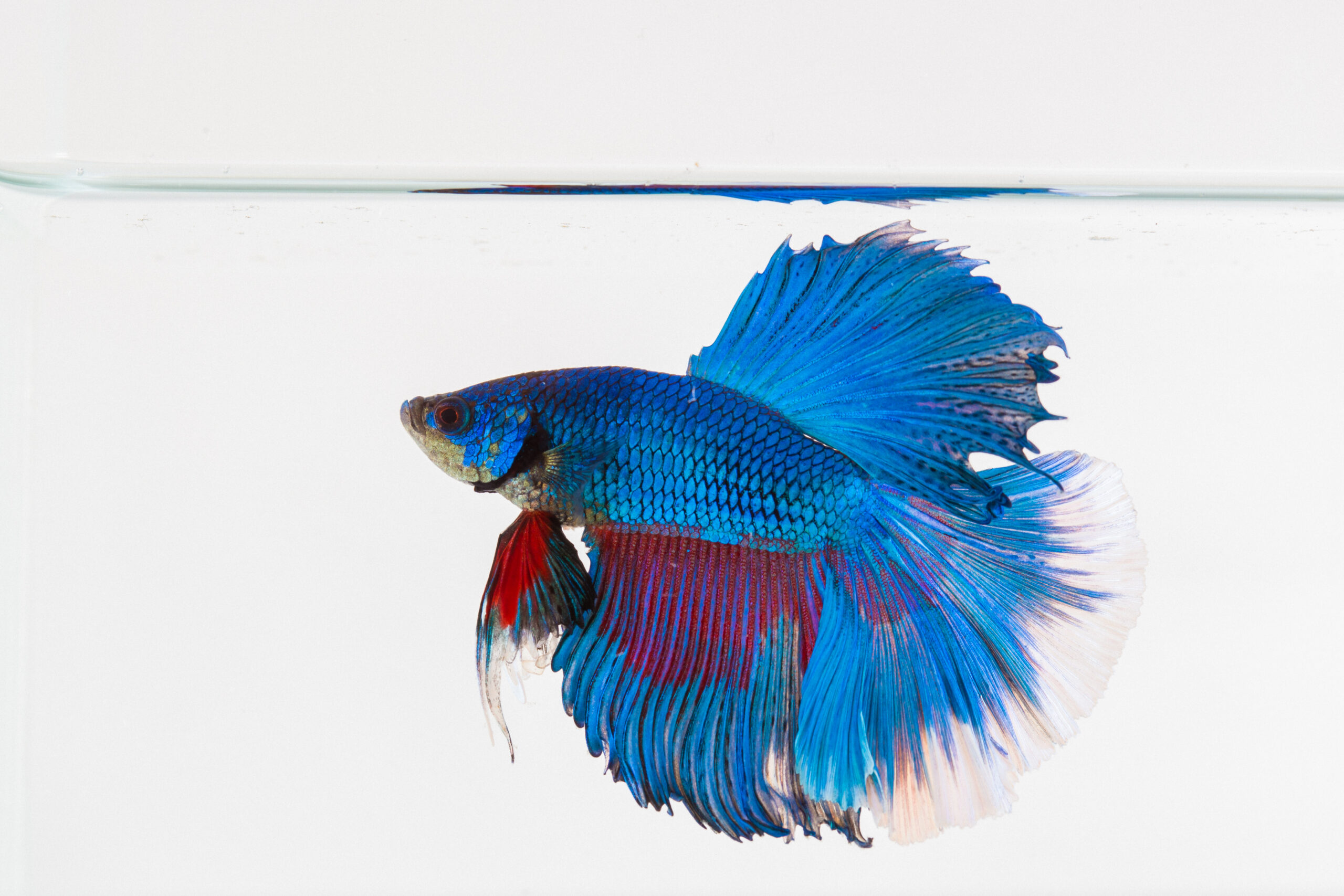Recognizing Betta Fish Behavior: What Every Proprietor Needs To Know
Recognizing Betta Fish Behavior: What Every Proprietor Needs To Know
Blog Article
How to Breed Betta Fish Successfully: Professional Strategies and Insights for Hobbyists Aiming To Increase Their Betta Collection
Breeding Betta fish requires a nuanced understanding of genes and ecological problems, making it essential for hobbyists to come close to the process with both diligence and care. Producing an ideal reproduction environment, selecting the appropriate sets, and observing the complexities of their courtship behaviors are foundational actions that can considerably influence the result.
Understanding Betta Fish Genetics
Comprehending the genetics of Betta fish is critical for effective reproduction, as it affects attributes such as color, fin shape, and actions. Betta fish display a varied array of shades and patterns, greatly figured out by their hereditary make-up.
Along with coloration, fin morphology is another significant facet of Betta genetics (betta fish). The shape and size of fins are affected by different genetics, consisting of those that determine whether the fins are short, long, or veil-shaped. Recognizing these hereditary variants assists breeders predict the phenotypic results of their spawn
Moreover, behavioral traits such as aggression and territoriality can also be influenced by genetics. These actions play an important duty in the breeding procedure, as they can influence spawning success and the general temperament of the resulting fry. By adequately comprehending these hereditary principles, breeders can make informed choices, inevitably enhancing their breeding programs and achieving preferable outcomes.
Preparing the Reproduction Atmosphere
Producing an ideal breeding environment is important for the successful recreation of Betta fish. The primary step in preparing this setting is to pick an appropriate breeding storage tank, ideally varying from 5 to 10 gallons. This size permits for adequate swimming room and the facility of areas. The tank must be furnished with a heating system to keep a steady temperature in between 78 ° F and 80 ° F, which is crucial for encouraging spawning behavior.
Following, think about using a sponge filter or an air rock to supply mild water circulation without producing strong currents that can worry the fish. It is important to install plants or breeding cones to supply concealing places and advertise convenience for the female throughout the spawning procedure. Drifting plants, such as Java moss or water sprite, can likewise create a more all-natural environment while assisting in bubble nest building by the man.
Before presenting the reproducing sets, ensure the water is conditioned and without hazardous chemicals, such as chlorine or hefty steels. betta fish. Regular water modifications need to be conducted to keep ideal water high quality, enhancing the possibilities of effective reproduction. With these prep work in position, the breeding atmosphere will support the wellness and well-being of both Betta fish
Selecting Breeding Pairs
Selecting the right reproduction sets is important for attaining successful Betta fish reproduction. Healthy Betta fish exhibit dynamic shades, clear eyes, and active behavior.
Personality is an additional essential factor to consider, as Betta fish are known for their hostile nature. It is advisable to select a male and lady that display compatible characters to decrease anxiety during the reproducing process. A calm male can urge a smoother courtship, while a woman that is too aggressive might interrupt the process.
Hereditary background likewise plays a substantial duty in the high quality of the spawn. Breeding fish that are genetically useful reference diverse can lower the risk of hereditary wellness concerns and boost the general view it vigor of the fry. It is valuable to investigate the family tree of both the man and lady, concentrating on preferable qualities such as fin kind, color scheme, and dimension.
The Reproduction Refine
The reproduction procedure of Betta fish requires mindful preparation and attention to information to ensure an effective result. It is important to prepare a suitable breeding storage tank, ideally a 5-10 gallon aquarium with a temperature level maintained at 78-80 ° F. The container needs to be equipped with a heating system, filter (preferably sponge type to avoid strong currents), and lots of water plants for the woman to conceal.
Once the environment is established, present the picked reproducing set to the container, allowing them to adapt. Observe their behavior; the man will certainly display sophisticated courtship routines, including flaring his fins and constructing a bubble nest. If the woman shows passion, she will show vertical red stripes indicating preparedness for spawning.
When the lady is responsive, the set will engage in a breeding accept, throughout which the male fertilizes the eggs. Preserving ideal water problems throughout this period is necessary for the growth of healthy and balanced Betta fry.
Taking Care Of Betta Fry

Feeding Betta fry is vital, as they call for a diet plan high in healthy protein. They can be fed infusoria or fluid fry food, transitioning to finely crushed premium you could try these out pellets as they expand. Feed tiny portions several times a day to urge healthy and balanced development without overloading the tank with leftover food.

As they grow, monitor their growth very closely and separate any hostile people to stop injury. By supplying a nurturing environment and proper nutrition, enthusiasts can successfully elevate Betta fry right into vivid, healthy and balanced fish, inevitably improving their reproduction endeavors.
Conclusion
Effective Betta fish reproduction needs precise focus to genetic option, ecological problems, and treatment for the fry. By understanding the genetics of Betta fish and preparing an ideal breeding atmosphere, enthusiasts can boost the opportunities of creating vivid, healthy and balanced spawn. Selecting compatible reproduction pairs and very closely checking the courtship and spawning procedures are crucial. Finally, offering optimal care for the fry guarantees their healthy advancement, adding to a growing Betta collection.
Report this page